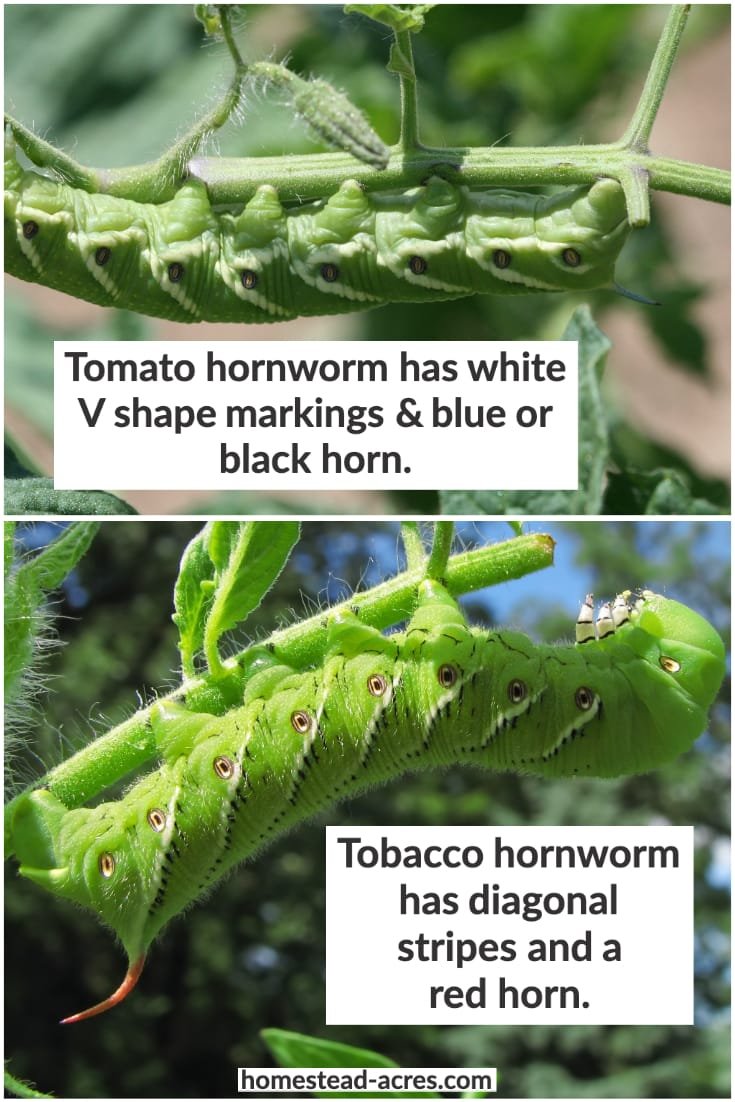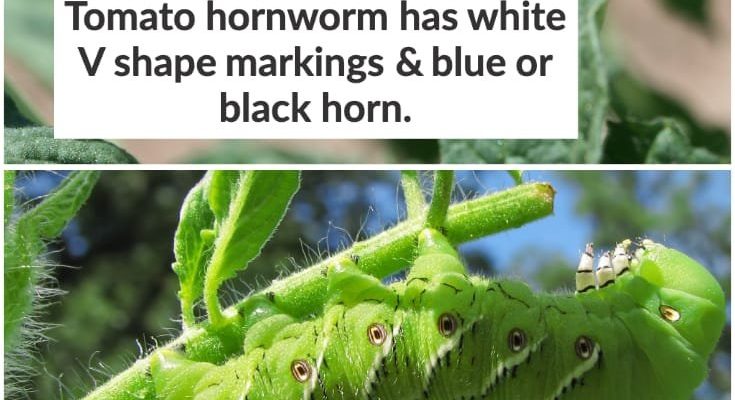
In this article, we’ll dive into the world of hornworms—including their appearances, diets, and how to deal with them. You’ll be better armed with knowledge when it comes time to protect your prize tomatoes or tobacco plants. Think of it as your friendly guide to understanding these pesky critters, so you can make informed decisions about pest control and keep your garden thriving.
What Are Tobacco Hornworms and Tomato Hornworms?
To kick things off, let’s clarify what we’re dealing with. Both tobacco and tomato hornworms are actually the larvae of the *Sphinx moth*. But, despite being closely related, they prefer different plants. The **tobacco hornworm** (scientific name: *Manduca sexta*) is mainly a menace to tobacco plants, while the **tomato hornworm** (*Manduca quinquemaculata*) is a real threat to your tomato plants.
Their life cycle begins as eggs laid by adult moths—small green to brownish-green eggs that blend right into the leaves. After hatching, these tiny larvae start to munch on the foliage, growing quickly as they feast. So if you notice your plants looking a bit worse for wear, it’s time to investigate which hornworm is lurking in your garden.
Physical Differences: How to Identify Them
Let’s get to the crux of the matter: how do you tell one hornworm from the other? Visually, they are pretty similar, but there are a few key traits to look for.
- Tobacco Hornworm: These guys are generally larger—often reaching up to 4 inches long. They’re bright green with a distinctive white stripe running along their sides and have a characteristic horn-shaped projection on their rear.
- Tomato Hornworm: Slightly smaller, they also can grow to about 3-4 inches long but usually appear more stocky. Their coloration is a vibrant green as well, but their identifying feature is the diagonal white stripes and a more curved horn.
Knowing these differences can help you take action quickly. If you’re battling the tobacco hornworm, for instance, you may want to focus on tobacco plants. If it’s the tomato hornworm, well, your beloved tomatoes will need the most protection!
Dietary Preferences: What Do They Eat?
Understanding what each hornworm prefers to munch on can give you a better idea of how to combat them.
The **tobacco hornworm** is like that friend who only enjoys a specific type of food—primarily feeding on *Nicotiana tabacum* (tobacco plants) but can also occasionally snack on eggplants. In contrast, the **tomato hornworm** is more adventurous, having a diet that mainly consists of tomatoes and other nightshades like peppers and potatoes.
So, if your tomato plants are in peril, it’s likely the tomato hornworm you’re dealing with. However, if your tobacco plants show signs of damage, it’s time to focus on that tobacco hornworm. Knowing their dietary preferences can help you target your pest control methods more effectively.
Lifespan and Life Cycle
Both hornworms have similar life cycles, but their behaviors can vary slightly based on their environment and food source.
After hatching from eggs, both hornworms start as tiny larvae and go through several molts. They can grow from tiny caterpillars to sizable pests in just a few weeks! Once they’ve reached full size, they typically burrow into the soil, transforming into pupae. This stage can last for several weeks, eventually emerging as adult moths.
Let’s break this down a bit:
- Egg Stage: Eggs are laid on the host plants and hatch in about a week.
- Lava Stage: They feed voraciously on the plant leaves, sometimes causing substantial damage over a short period.
- Pupa Stage: Once adult size is reached, they pupate in the soil and emerge as moths after a few weeks.
Keeping an eye on these stages can help you catch them early before they do too much damage.
Signs of Infestation
If you notice your plants are looking a bit chewed up, it’s crucial to identify whether it’s tobacco or tomato hornworms. Here are some common signs to look for:
- Chewed Leaves: Both types of hornworms will leave behind large holes in your plants’ leaves. If the damage seems rampant, look for the culprit!
- Droppings: Hornworms leave behind dark green or black droppings that resemble small pellets. If you see these, it’s a sure sign of an infestation.
- Presence of Larvae: If you spot one of these green pests on your plants, it’s likely a hornworm. They blend in well, so check closely.
Being vigilant about these signs will help you take action before they wreak too much havoc in your garden.
How to Control Hornworm Infestations
Dealing with tobacco and tomato hornworms isn’t just about identifying them; it’s also about figuring out how to control them effectively. Here are some tried-and-true methods:
- Handpicking: A simple and organic method. If you see a hornworm on your plants, just grab it and throw it away. They can be surprisingly easy to spot once you know what to look for!
- Neem Oil: Applying neem oil can disrupt the hornworms’ life cycle and help reduce their population. Just remember to follow the instructions on the label.
- Beneficial Insects: Consider introducing natural predators like parasitic wasps that target hornworms. They can help keep the numbers down without harming your plants.
Each method has its pros and cons, but combining a few might give you the best results in managing these pesky pests.
Whether you’re dealing with tobacco hornworms or their tomato counterparts, understanding the key differences can make all the difference in protecting your garden. It’s like having a secret weapon up your sleeve! Remember to look out for their distinctive features, dietary preferences, and signs of infestation so you can act swiftly.
With the right identification and control methods, you’ll keep your plants thriving and beautiful. So, grab your gardening gloves, and don’t let those hornworms take over—your veggies are worth it!

